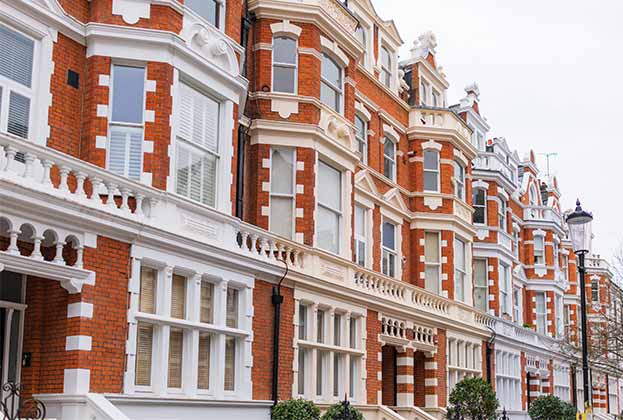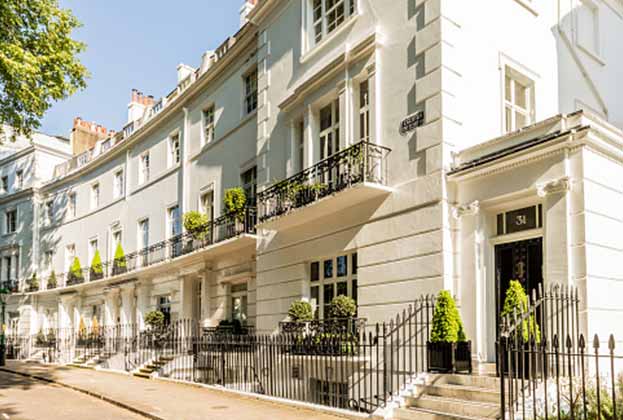Over the last ten years, the changes within the super prime new build market can be summarised with three key Ws – the Who, the What, and the Where
We’re not talking about the rock band here, but who is buying. And it’s safe to say the wider global economy and major events have undoubtedly had an impact. The weakness of sterling since 2016 after the EU referendum has provided an opportunity for some buyers, particularly those with currencies pegged to the US dollar. As such, we’ve seen increasing demand from buyers from North America and the Middle East.
But interestingly, there has also been more domestic demand – particularly in the years following the Covid-19 lockdowns. Travel restrictions impacted how many potential overseas buyers could travel to London, but we’ve also seen more demand for pieds-à-terre from domestic buyers, in addition to their country retreats. With security and services such as concierge, the super prime new build market has been well-placed to meet this demand.
The most significant change to what is being built in central London has been the amount. The total stock of new homes over £5 million has almost halved over the last decade, meaning there is much more focus on the type and size of product coming through.
This reflects the challenging nature of the London development market, with increased building costs, debt costs, higher environmental standards and stricter fire safety all putting pressure on how viable new schemes are to deliver. But central London developers also have to contend with significant changes to planning policy.
Westminster City Council’s introduction of a size limit of 200sqm to all new homes has been swiftly followed by Kensington & Chelsea and, more recently, Camden Borough. This means that only super prime schemes currently with planning permission will be able to deliver large homes going forward. And this is significant when you consider that two-thirds of new build flats sold above £5 million since that change was brought in in 2021 have been above this size threshold – showing a strong desire for larger homes.
Another key change has been the quality of homes being built and the amenities they offer.
Branded Residences, developments affiliated with premium brands that can offer high-quality amenities such as room service, have been on the rise across the globe. Key recent schemes within London have included the Four Seasons Residences at Twenty Grosvenor Square, Six Senses at The Whiteley and The OWO Residences by Raffles. But access to these luxury amenities comes at a price – with branded residences across London often seeing a price premium over non-branded ones.
A decade ago, we were seeing far more super prime sales in traditional central locations like Belgravia, Mayfair and Kensington. But regeneration led by investment in public realm has seen the rise of new super prime markets. Howard de Walden’s investment in Marylebone High Street has resulted in a significant increase in new super prime sales in the area. And more recently, the £3 billion public realm regeneration programme in Bayswater means sales above £5 million have increased from 2% between 2014 and 2016 to 22% since 2022. The £psf achieved at key developments in Bayswater, like The Whiteley and Park Modern, are now reaching the heights of more traditional central London locations - only -27% and -9% lower than Mayfair and Belgravia, respectively.
But with the pipeline of new schemes shrinking, there are fewer locations in which to buy a new super prime home. Meaning that over the next decade, the new homes you can buy with access to high-quality amenities and large, lateral spaces may well be the last of their kind.
To read more of our Residential Research please visit our Residential Hub
Read the articles within In Focus: Prime Central London – Autumn 2024 below
.jpg)




